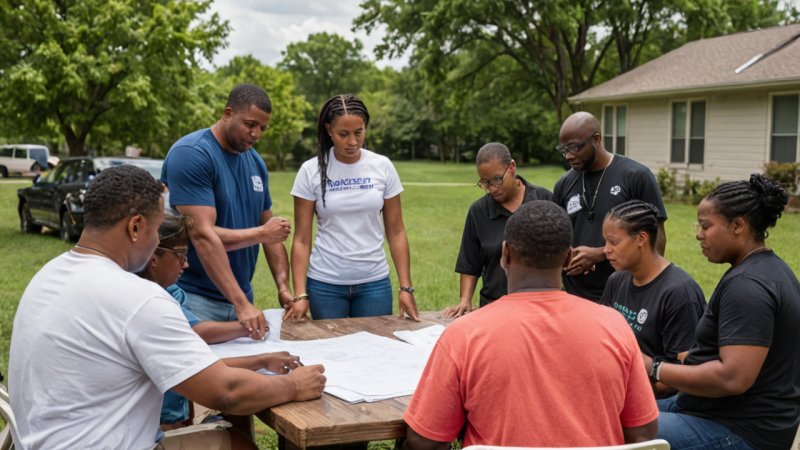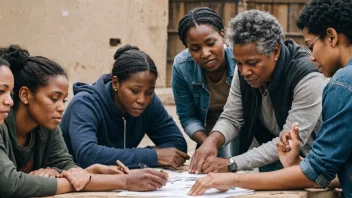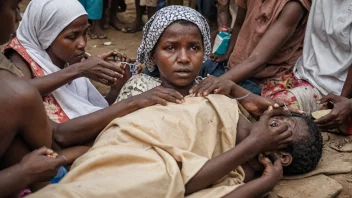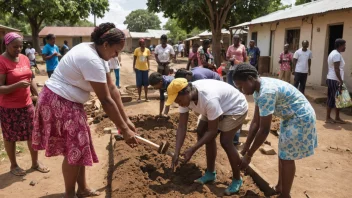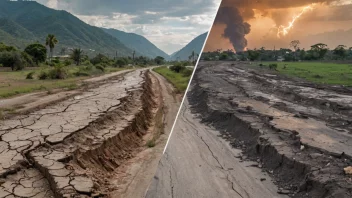Disaster recovery is a complex process that requires not just resources and planning but also the active involvement of the community affected by the disaster. Community engagement plays a vital role in ensuring that recovery efforts are effective, sustainable, and tailored to the unique needs of those impacted. This article explores common questions surrounding the importance of community engagement in disaster recovery.
Why is community engagement important in disaster recovery?
Community engagement is crucial in disaster recovery as it empowers individuals and communities to take part in the rebuilding process. Engaged communities are more likely to identify their needs, prioritize recovery efforts, and ensure that resources are allocated effectively. Additionally, community involvement fosters resilience, as it encourages collaboration and support among residents.
How can communities be effectively engaged during disaster recovery?
Effective community engagement can be achieved through various means, including:
- Inclusive Meetings: Organize community meetings that are accessible to all, allowing diverse voices to be heard.
- Surveys and Feedback: Use surveys to gather input from community members about their needs and preferences.
- Partnerships: Collaborate with local organizations, schools, and businesses to strengthen outreach efforts.
- Empowerment Programs: Provide training and resources to community members to enable them to take leadership roles in recovery efforts.
What are the benefits of involving local residents in recovery efforts?
Involving local residents in recovery efforts brings several benefits, including:
- Tailored Solutions: Local residents understand their community's unique challenges and can help design solutions that are more effective.
- Trust Building: Engaging community members fosters trust between residents and recovery organizations, leading to more cooperative relationships.
- Increased Resilience: Communities that work together during recovery are often more resilient in the face of future disasters.
- Resource Optimization: Local knowledge can help identify existing resources that can be leveraged for recovery, minimizing waste.
What role do local organizations play in community engagement?
Local organizations serve as vital connectors between residents and recovery efforts. They often have established relationships within the community and can facilitate communication and coordination. Their roles may include:
- Advocacy: Local organizations can advocate for the needs of the community in recovery planning.
- Education: They can provide training and workshops to educate community members about disaster preparedness and recovery processes.
- Resource Distribution: Local organizations often assist in distributing aid and resources to those in need.
How can individuals contribute to community engagement during disaster recovery?
Individuals can contribute to community engagement in several ways:
- Volunteer: Offer your time and skills to local organizations involved in disaster recovery.
- Participate in Meetings: Attend community meetings to voice your opinions and learn about recovery efforts.
- Share Information: Use social media and community boards to share information about available resources and opportunities for engagement.
- Support Local Initiatives: Get involved in or support grassroots initiatives aimed at improving community resilience.
What challenges might arise in community engagement during disaster recovery?
While community engagement is essential, several challenges may arise, including:
- Communication Barriers: Language differences and lack of access to information can hinder engagement.
- Resource Limitations: Limited funding and resources may restrict the ability of organizations to engage the community effectively.
- Community Fragmentation: Disasters can disrupt community cohesion, making it difficult to engage all residents.
How can these challenges be overcome?
To overcome challenges in community engagement, stakeholders can:
- Enhance Communication: Utilize multiple channels and languages to disseminate information to the community.
- Build Partnerships: Collaborate with other organizations to pool resources and expertise.
- Foster Inclusivity: Ensure that all community members, including marginalized groups, have a voice in the recovery process.
In conclusion, community engagement is a fundamental aspect of disaster recovery. By actively involving local residents, organizations can ensure that recovery efforts are more effective, equitable, and sustainable. Encouraging participation not only addresses immediate needs but also fosters long-term resilience in communities. As individuals, we can all play a role in supporting these efforts and making a meaningful impact in the aftermath of disasters.
